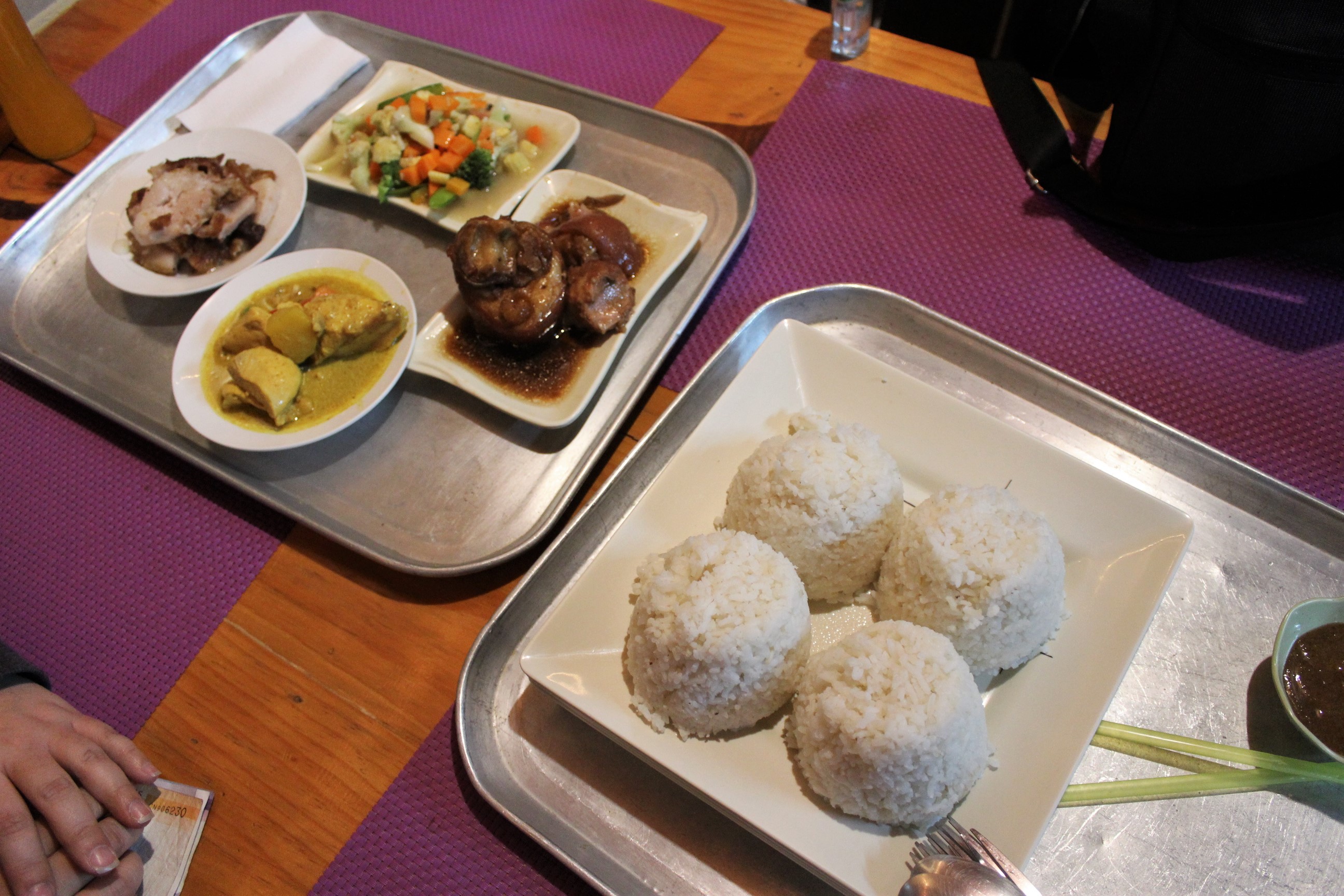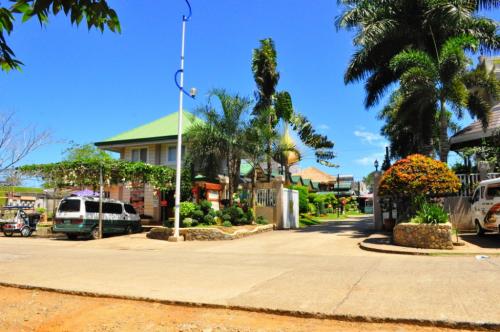
Of all the municipalities in Mountain Province, Sagada is, without a doubt, the most visited place by local and foreign tourists. It’s a staple in every aspiring and professional traveler’s list of “places to visit,” and its beautiful landscapes were already featured in various films, most recently in Antoinette Jadaone’s “That Thing Called Tadhana”(2014).
Sagada is also one of my favorite places in the Philippines--- no deep thinking required. When I first stepped on its quiet, unharmed land five years ago, I was instantly smitten by its natural and untouched beauty. Since then, I vowed to return and explore more of its breathtaking sceneries, and in November last year, I finally had the opportunity to go back there with my travel buddies.

We didn’t have any private means of transportation, so the best thing that we could think of is to board an air-conditioned bus from Victory Liner. The fare is P450/person, and the whole ride took about six hours with one quick stopover.
(Unbeknownst to us, a new transportation company, CODA Lines, now offers direct trips from Quezon City to Sagada (and vice versa)--- we chose this option when we were about to go back to the city. More information about this on day three)
From their Baguio terminal, we hailed a cab to GL/Lizardo Trans, from which we boarded a non-aircon bus to Besao/Sagada. Selling of tickets usually starts at around 6:30am and ends at 1:30pm. The fare is P220/per person, with a long ride of six hours and two stopovers.
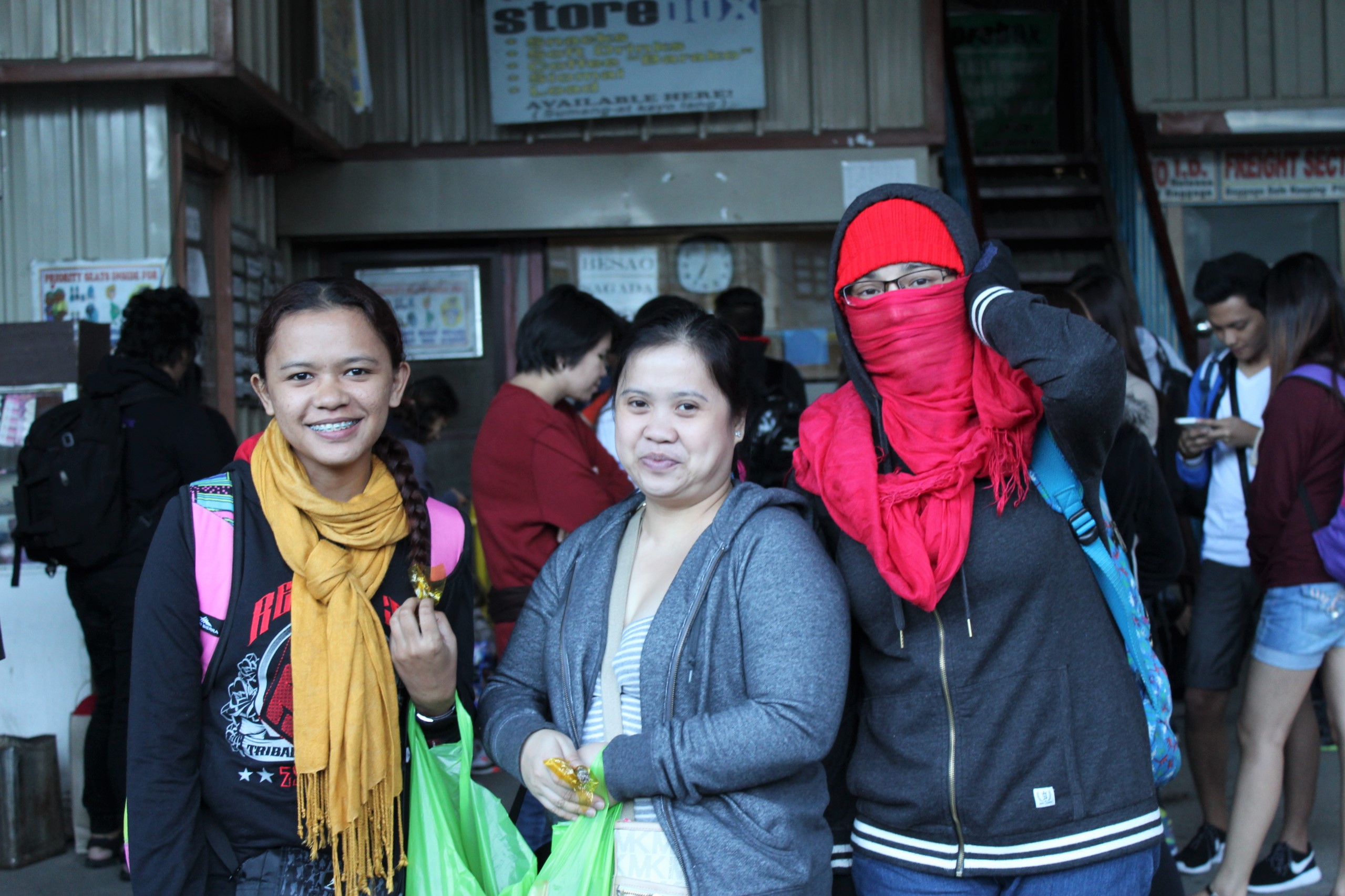
(Waiting for our Sagada-bound bus)
Twelve hours of bus ride with minimal stops seems like a long and dreadful journey... well, yes, it kinda is. Travelling for more than eight hours is absolutely no joke, but the lush mountain greens and gorgeous sceneries definitely made up for the lengthy road trip.
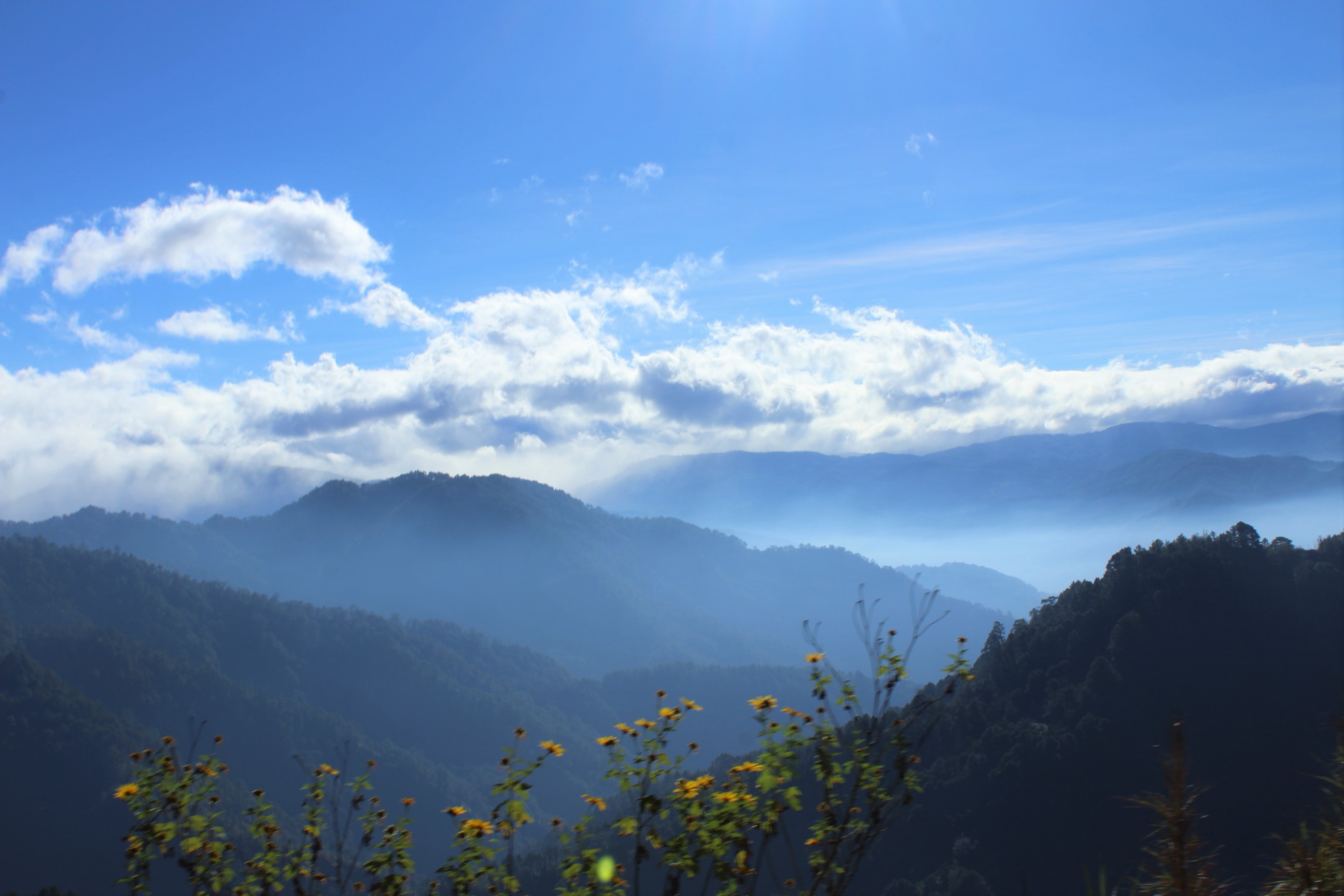
Personally, I made sure that I was awake from the time the bus left Baguio, because I didn’t want to miss some of the country’s jaw-dropping views, such as rice terraces, sea of clouds, glorious mountains, and more. We also stopped by the Philippines’ highest point, Halsema Highway, which has an elevation of 7,400 feet above sea level.
After twelve hours of non-stop sitting, sleeping, and sight-seeing, we finally made it to the town proper of Sagada. When I stepped out of the bus and into the roadside, I thought, “It’s good to be back.”
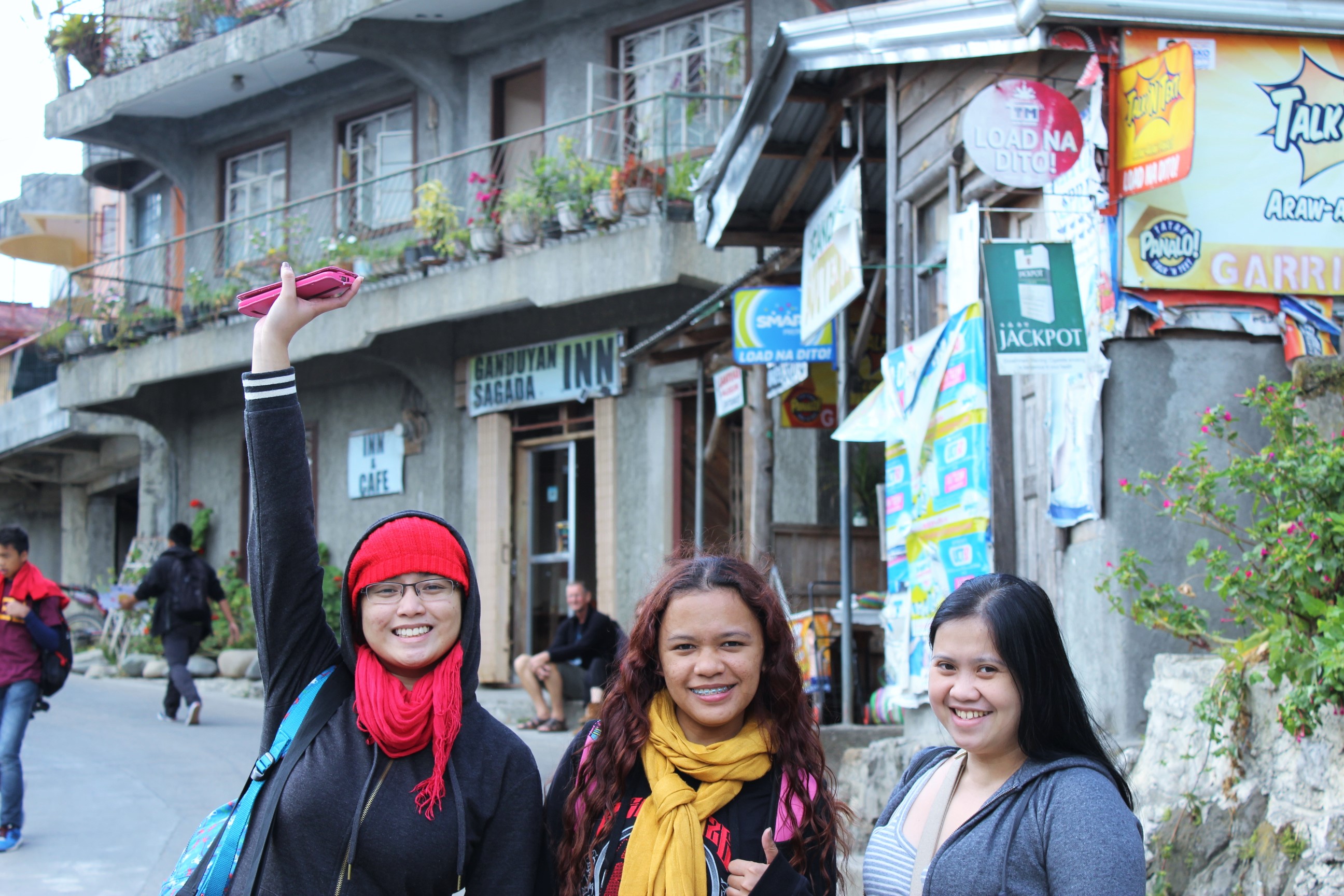
There are lots of great options for accommodation in Sagada--- from little hotels to cozy lodges, to warm hostels and budget-friendly transient houses. However, we planned our trip during peak season, and almost all guest homes in Sagada were already booked at that time. Fortunately, we were able to secure a room in Kenlopsik Transient House, a comfy dwelling recommended to us by a friend.
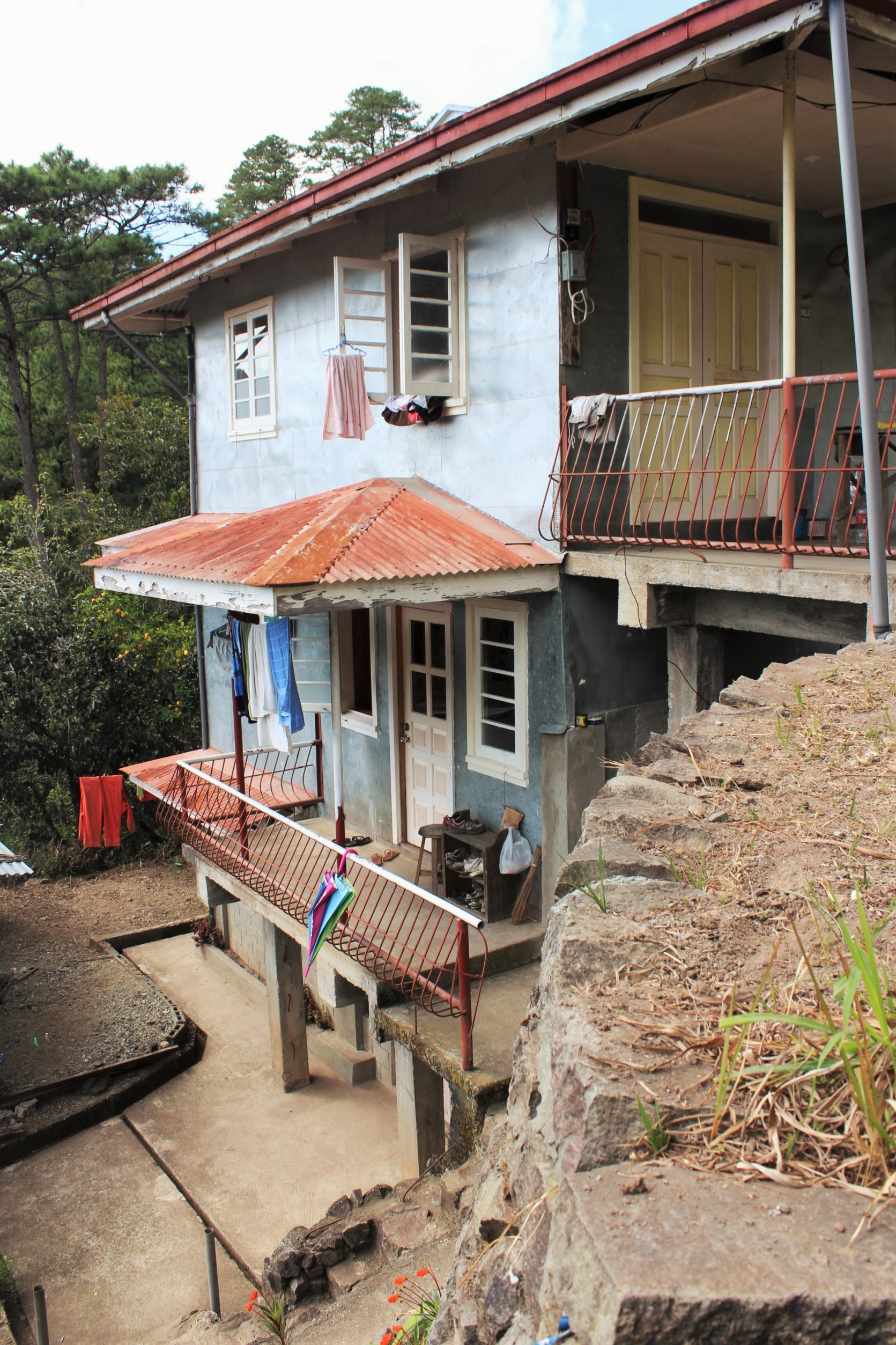
The transient house is owned and managed by a very welcoming family in Sagada. Aside from the warm accommodation, the house itself is amazing--- clean rooms and bathrooms (with hot water 24/7), free coffee and snacks, and a little bonfire outside for people who want to chill and roast marshmallows at night. The rate is P300/person/night, which is very cheap and reasonable, considering their full amenities and commendable hospitality.
(For more inquiries, contact Miss Dublyne at 0915-480-5856 or visit their Facebook page: www.facebook.com/kenlopsik)
Before going on our first adventure, we decided to have a quick late lunch at Sagada Homestay Diner. Known as one of the most famous guest houses in Sagada, this place also serves affordable and delicious food. Their butter chicken is a must-try!

After that, we paid the necessary environmental fee at the municipal hall (which was P35/person and very important, as the receipt serves as an entrance pass to some of Sagada’s attractions) and met up with our tour guide, Kurt, for our first adventure: the Echo Trail.
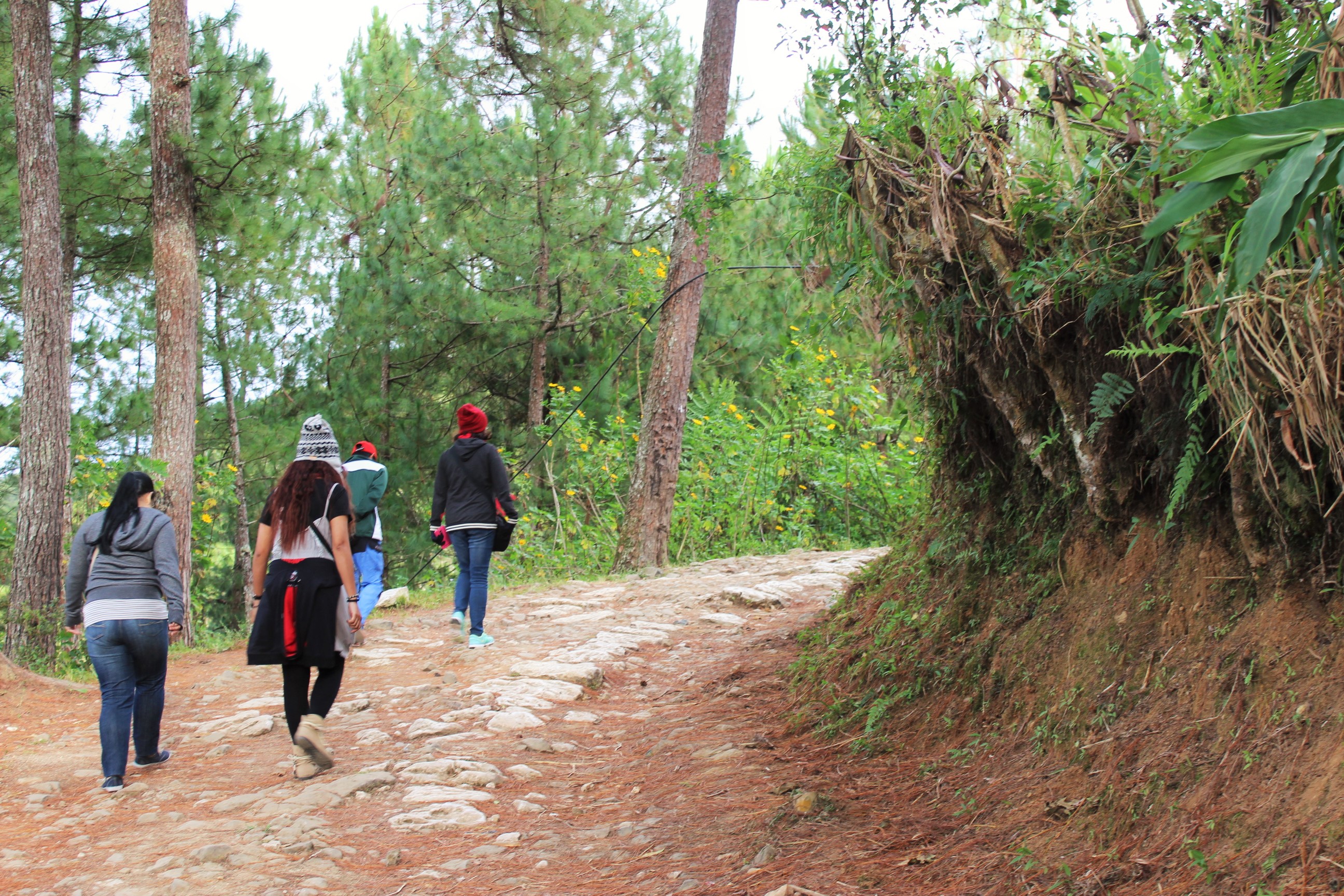
The Echo Trail is one of the most common activities in Sagada. It consists of visiting some of the place’s must-see structures and natural treasures, such as the Centennial Bell, Episcopal Church of St. Mary the Virgin, Anglican cemetery, Hanging Coffins, Echo Valley, underground river, and Bokong Falls (also known as the small falls, which, sadly, we weren’t able to see). Each of these sights-to-behold have stories of their own, and it’s amazing how one trail can fit all of them!
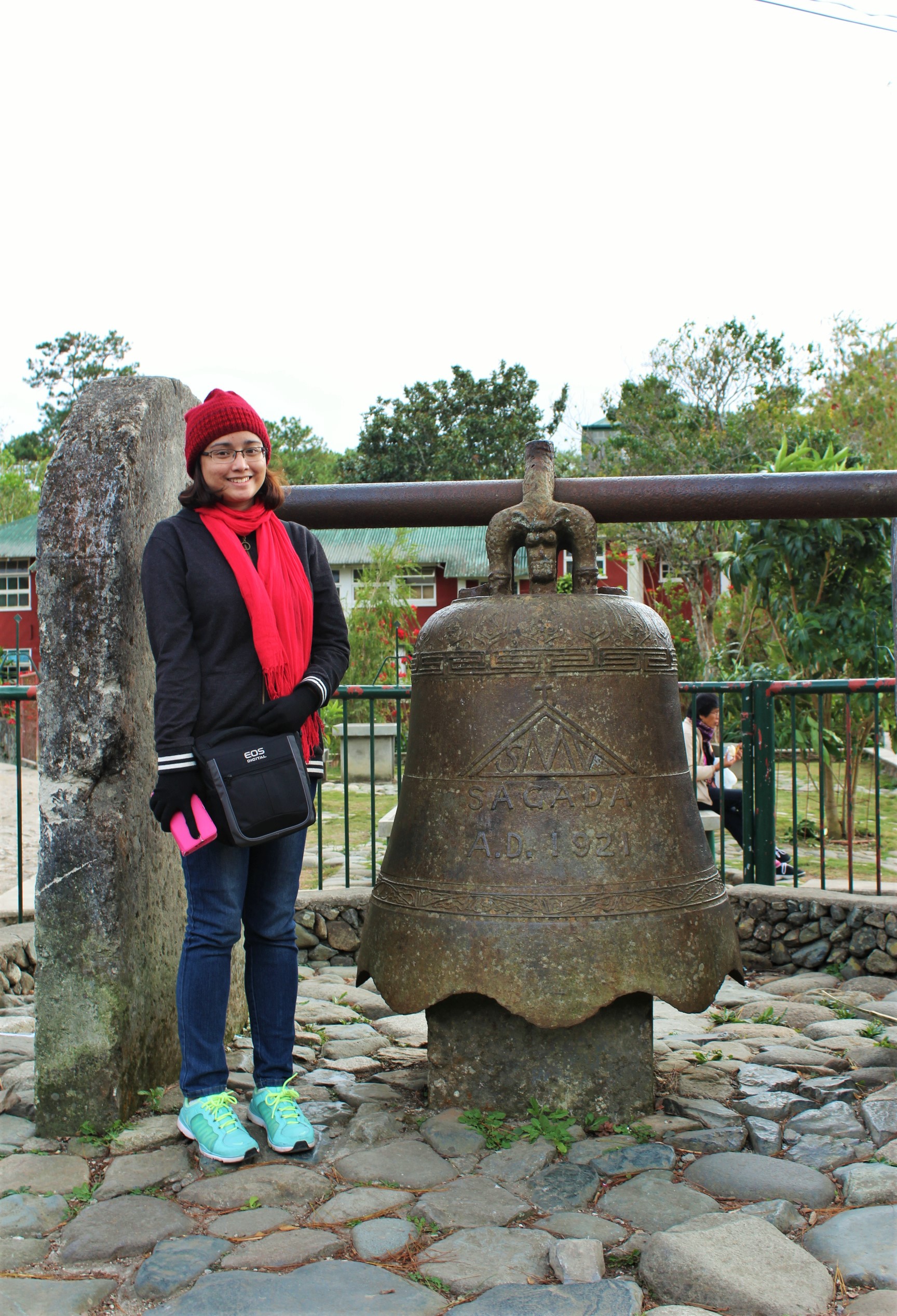
(Centennial Bell)
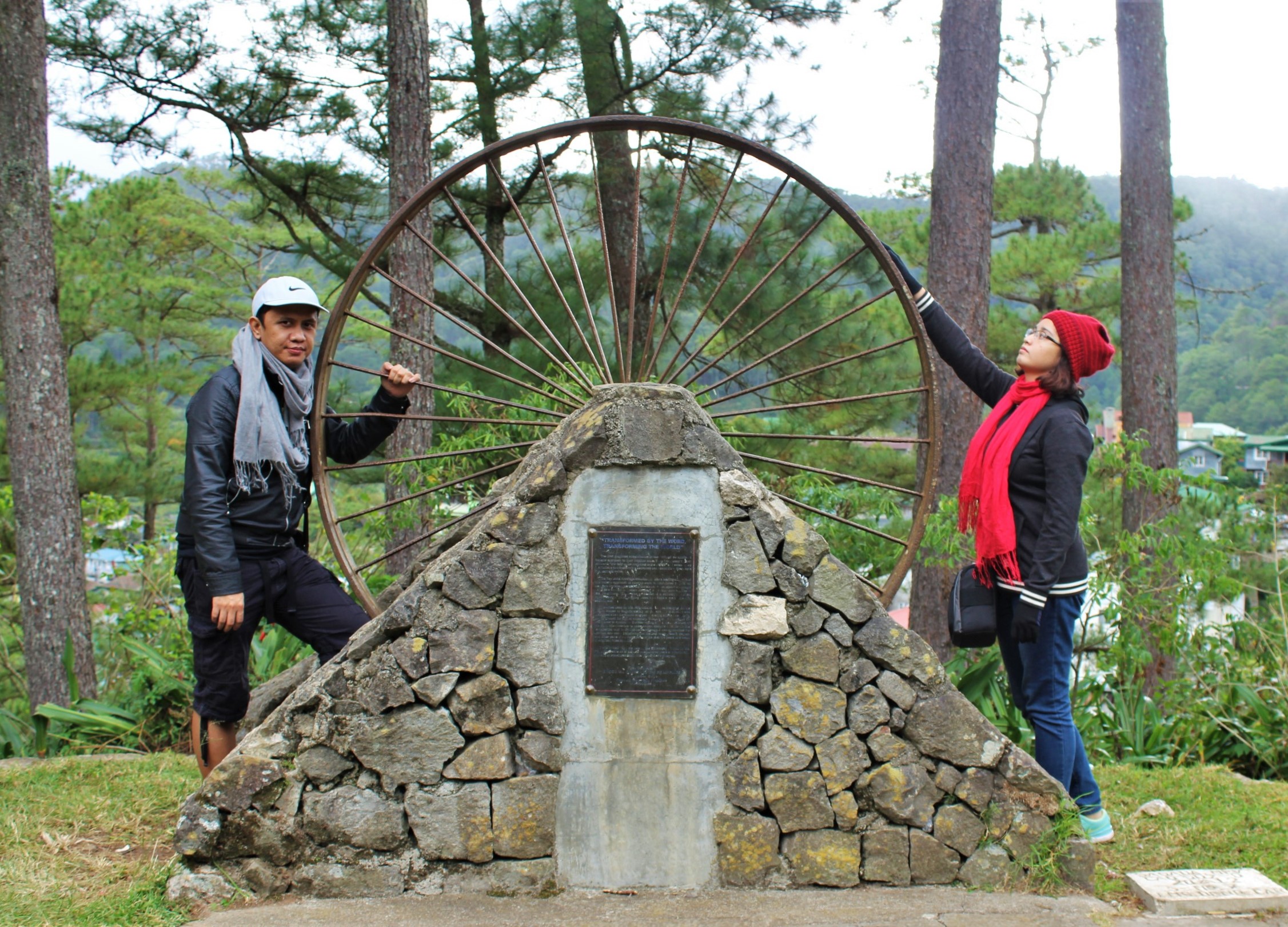
(Wheel of the Centennial Sawmill)
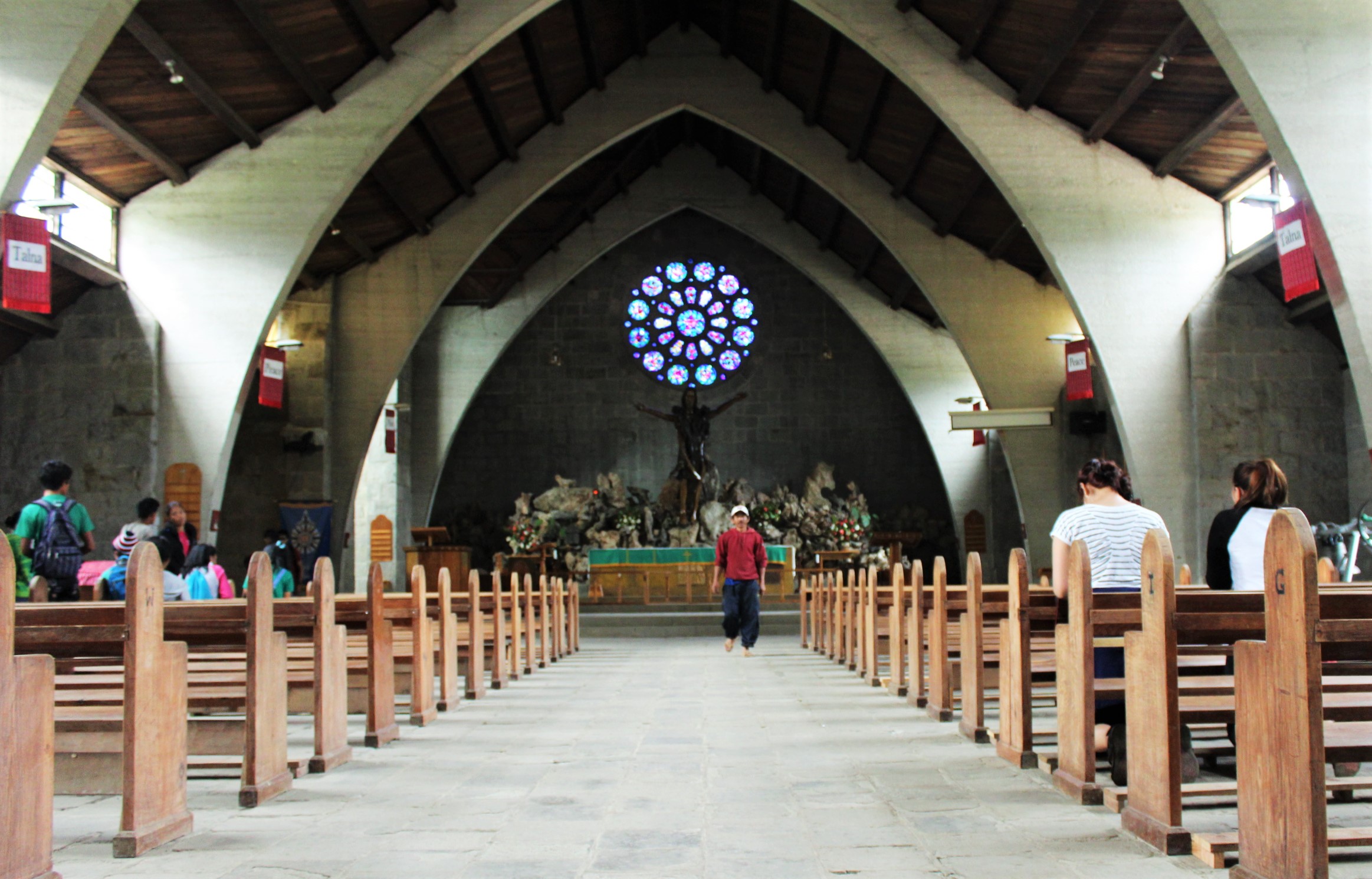
(The Episcopal Church of St. Mary the Virgin)

(Anglican cemetery)
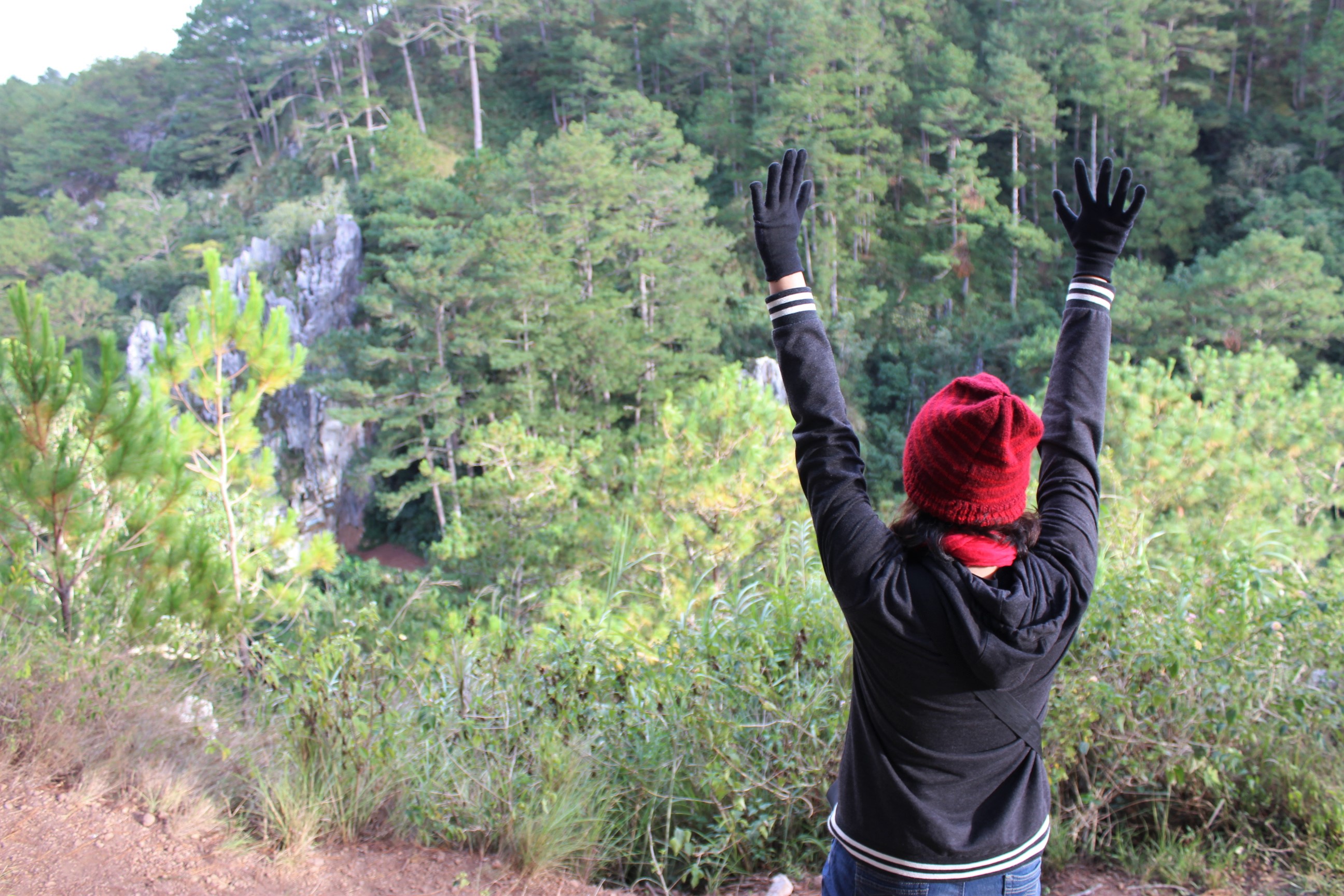
(Screaming my lungs out at Echo Valley)
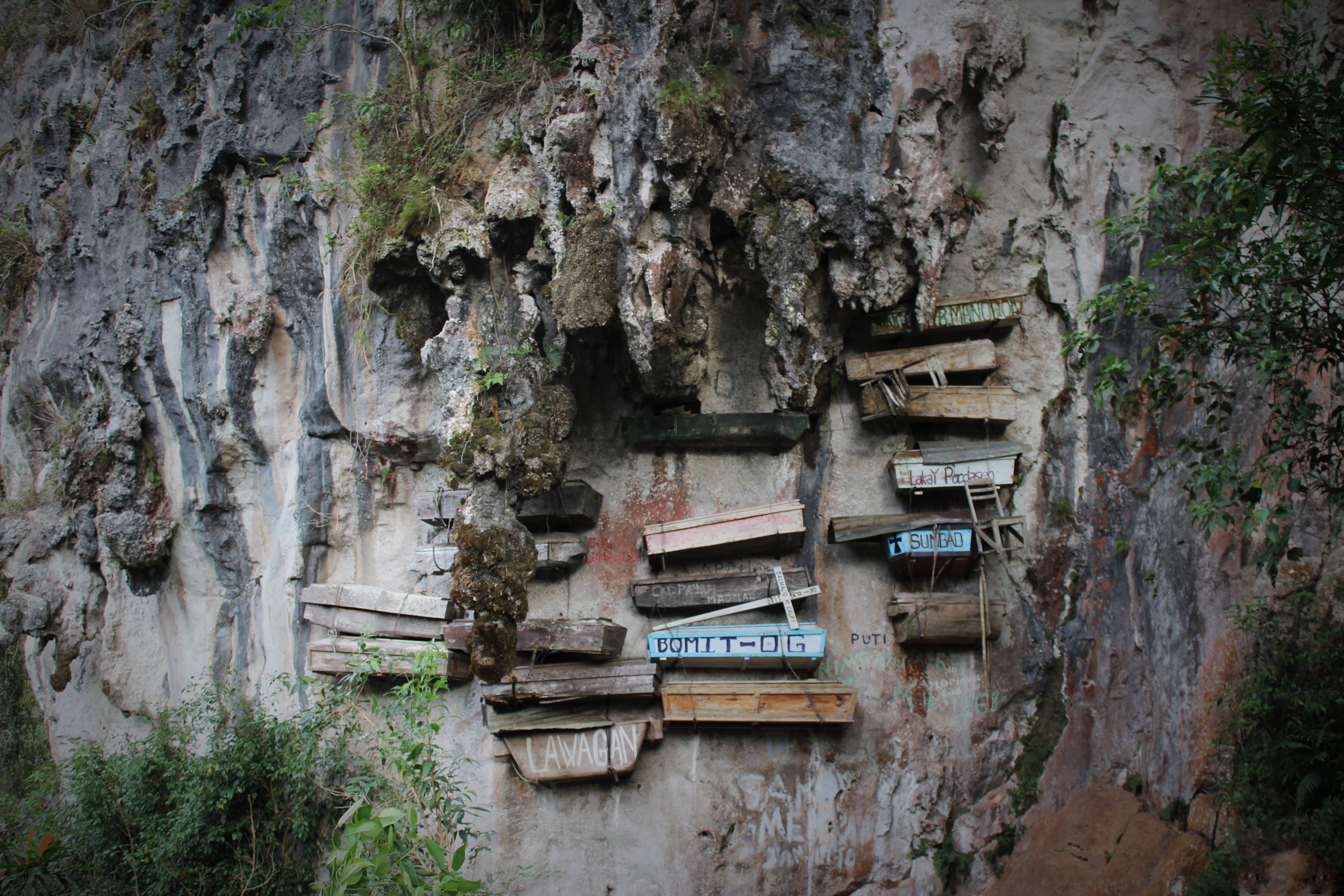
(Hanging coffins)
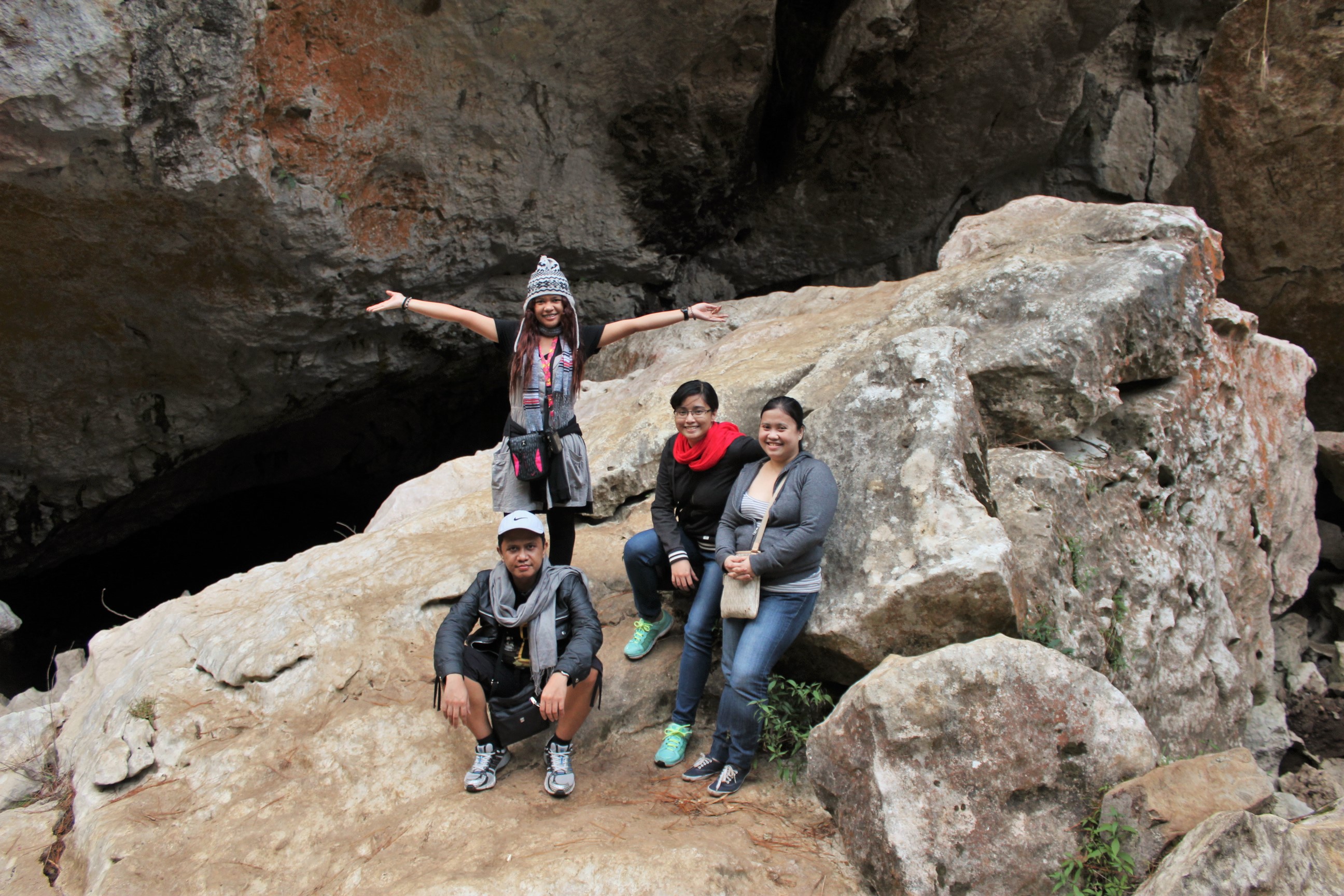
(Hanging out on the boulders)
It was truly a thrilling and amazing experience, not only for me, but also for my travel buddies. I’ve been here before, but I’ve felt the whole trail on a whole new level. A piece of advice, though: wear slippers instead of rubber shoes; trust me, you’ll need it in the underground river. You wouldn’t want to walk over sharp rocks barefoot (like us), would you?
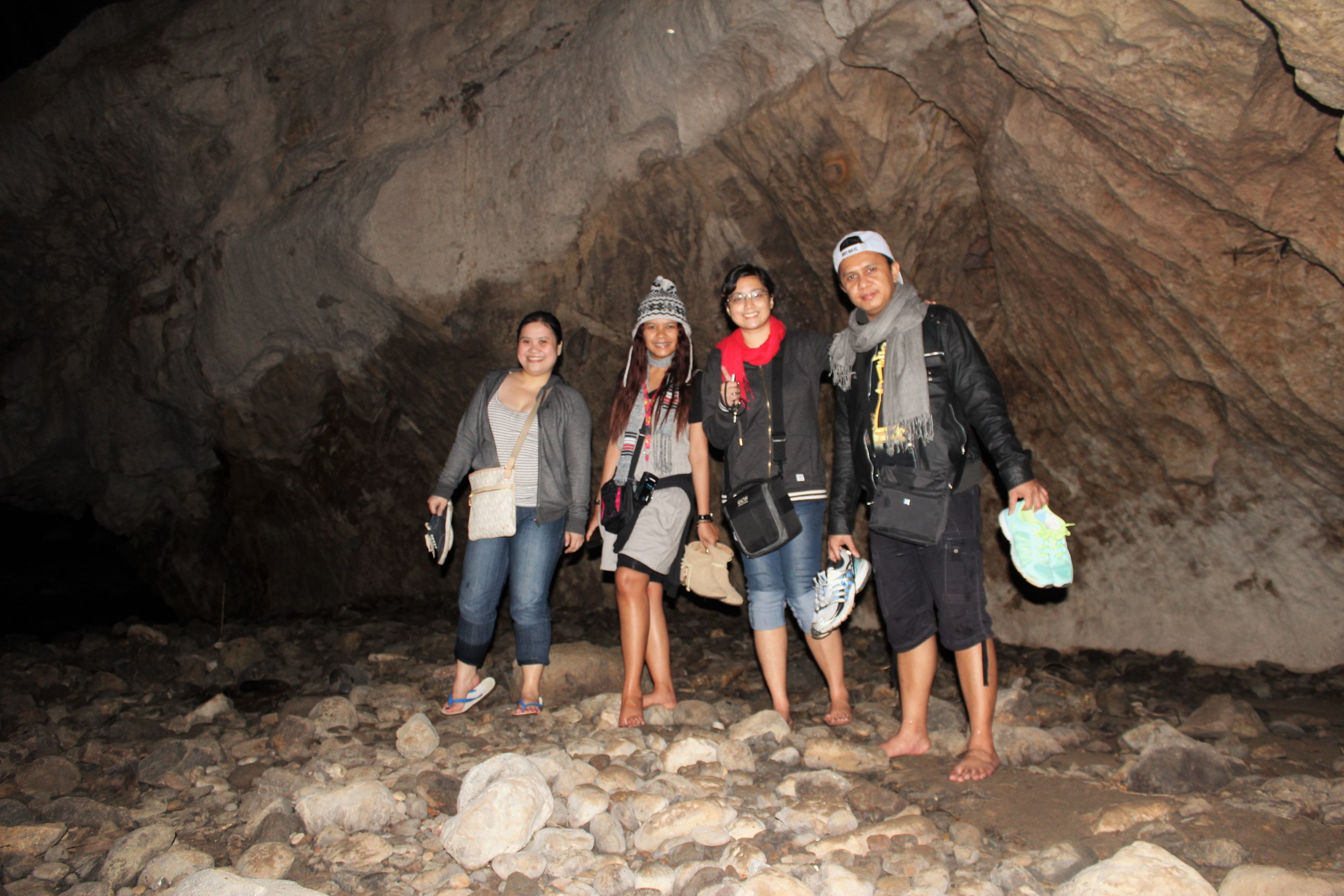
(Inside the underground river)
After over three hours of trekking, discovering, and taking pictures, we walked back to the town proper and had dinner at Masferré (if you’re looking for simple, home-cooked meals, then give this resto a try) before heading to our house to rest.
